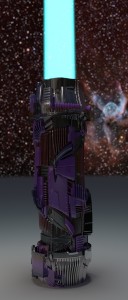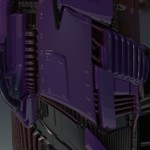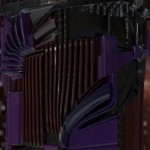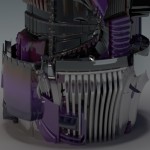In this age of instant gratification, sculpting a David is really not something one would expect to do at the weekend in one’s garden shed. Despite this, classical sculpting is still a technique that has relevance in the digital age. There are several outstanding programs that are specifically designed for sculpting in 3D, and breathtaking cost aside, these have spawned a veritable army of sculptors whose creations span every imaginable genre, and then some.
Unlike the ancients, hours are not spent chipping away at lumps of virtual marble only to find a flaw in the middle of it, and I doubt that Michaelangelo or Donatello were able to press Ctrl-Z when they realised that they had forgotten to put some clothes on David. Sculptors now have tools no-one dreamed of even thirty years ago, and every material the human mind can conceive is at their finger-tips.
Despite all this almost sci-fi progress, there are still two key ingredients that have yet to be affected substantially: time and skill. The finest sculptures still require absolutely ages to sculpt, polish, texture, light and render (create a CGI “photograph”). The skill demanded is still quite daunting for the neophyte, and breathtaking for the art-lover.
This is why, when the occasional technique comes along to relieve the artist of the tedium that detailing an otherwise fun project is not simply welcomed, but greeted with open arms and almost infinite enthusiasm.
UV sculpting is one such technique. It essentially involves the use of very specialised images to displace geometry using image data as co-ordinate information. The geometry of this splendid lightsabre which is the subject of this post took all of 15 minutes to create. The material took approximately twenty minutes to fiddle with to get just so. The lighting and camera set-up took even longer. For greebling, this is truly a gift.
The lightsabre was created in Blender, a free and open source 3D program that is my tool of choice for all things 3D. It was rendered in Cycles, the splendid new engine from the Blender Foundation.
The Blenderartists thread that spawned all of this splendid effusion may be discovered here.
Click on the images below for in order to facilitate drooling over some splendid detail.




